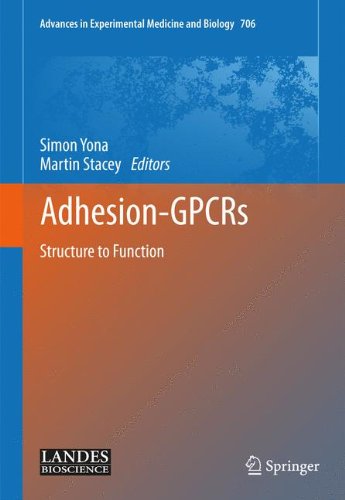

Most ebook files are in PDF format, so you can easily read them using various software such as Foxit Reader or directly on the Google Chrome browser.
Some ebook files are released by publishers in other formats such as .awz, .mobi, .epub, .fb2, etc. You may need to install specific software to read these formats on mobile/PC, such as Calibre.
Please read the tutorial at this link: https://ebookbell.com/faq
We offer FREE conversion to the popular formats you request; however, this may take some time. Therefore, right after payment, please email us, and we will try to provide the service as quickly as possible.
For some exceptional file formats or broken links (if any), please refrain from opening any disputes. Instead, email us first, and we will try to assist within a maximum of 6 hours.
EbookBell Team

0.0
0 reviewsUpon completion of the human genome project over 800 G protein-coupled receptor 1 (GPCR) genes, subdivided into five categories, were identified. These receptors sense a diverse array of stimuli, including peptides, ions, lipid analogues, light and odour, in a discriminating fashion. Subsequently, they transduce a signal from the ligand–receptor complex into numerous cellular responses. The importance of GPCRs is further reflected in the fact that they constitute the most common target for therapeutic drugs across a 2 wide range of human disorders. Phylogenetic analysis of GPCRs produced the GRAFS classification system, which subdivides GPCRs into five discrete families: glutamate, rhodopsin, adhesion, frizzled/taste2 and secretin receptors. The adhesion-GPCR family 2 can be further subdivided into eight groups. The field of adhesion-GPCR biology has indeed become large enough to require a volume dedicated solely to this field. The contributors to this book have made a courageous effort to address the key concepts of adhesion-GPCR biology, including the evolution and biochemistry of adhesion-GPCRs; there are extensive discussions on the functional nature of these receptors during development, the immune response and tumourgenesis. Finally, there are chapters dedicated to adhesion-GPCR signalling, an area of intense investigation.